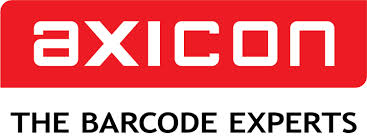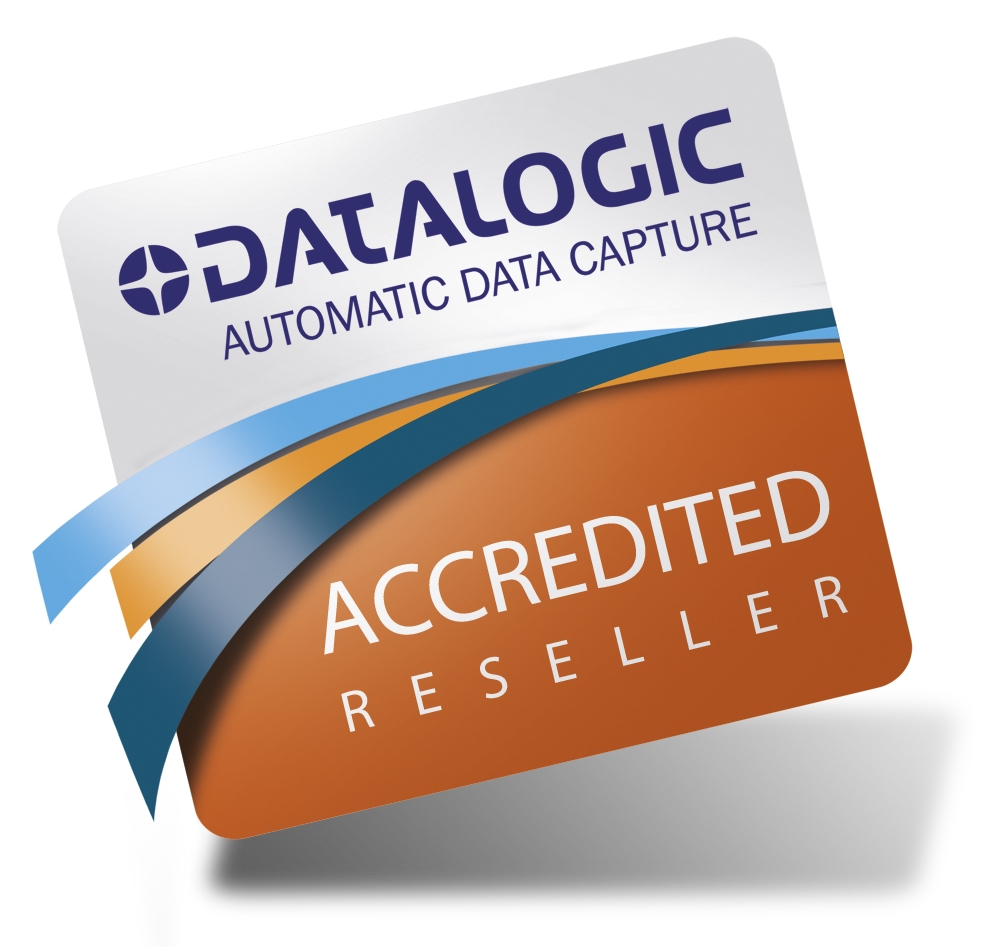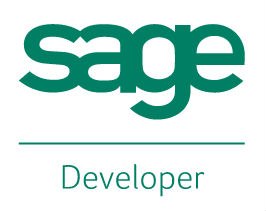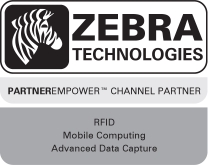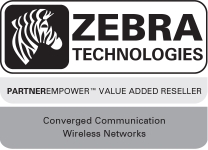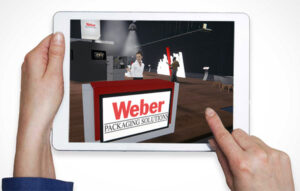
In the ever-evolving world of product labeling and packaging, a quiet revolution is taking place, reshaping the way businesses approach their branding and design needs. Digital printing, once considered a niche technology, has rapidly emerged as the preferred choice for producing product labels and stickers. The shift towards digital printing is driven by a host of compelling advantages, including reduced costs, impeccable print quality, lightning-fast turn-around times, and the ability to efficiently handle small batch orders.
At Weber Packaging Solutions, we stand at the forefront of this digital printing revolution, harnessing the power of HP Indigo digital presses to craft visually stunning product labels for a wide range of industries. From food packaging to lotion bottles and chemical warning labels, the applications of digital printing are as diverse as they are impressive. As you embark on the journey of designing new labels for your products, it’s crucial to explore the myriad advantages offered by digitally printed pressure-sensitive labels. In this comprehensive guide, we will delve into the world of digital printing, unraveling its nuances, and showcasing the numerous benefits it brings to the table.
Understanding Digital Printing
In the age-old craft of label printing, digital printing stands as a modern marvel, revolutionizing the way images and designs find their way onto labels and stickers. To truly grasp the power and potential of digital printing, it’s essential to comprehend the underlying mechanics that set it apart from traditional methods like flexographic printing.
What is Digital Printing? At its core, digital printing is a process that takes a digital file of your design and transfers the image directly onto a selected label material using a specialized press. Unlike flexographic printing, where each color and image requires a separate pass, digital printing accomplishes this in a single step. The result? A stunning and vibrant label that catches the eye.
The Role of HP Indigo Presses
Central to our digital printing prowess are the HP Indigo digital presses, machines renowned for their superior printing technology. While these presses may run at a slower pace than their flexographic counterparts, they excel in producing colorful product packaging labels that are nothing short of breathtaking.
Intricately detailed designs, rich hues, and sharp images come to life with remarkable precision. Whether you’re crafting labels for beverage containers, food pouches, or private label brands, the vibrant quality achieved by digital printing can truly make your products stand out on the shelf.
As we journey deeper into the world of digital printing, we’ll explore not only its capabilities but also the specific scenarios where it shines brightest. Let’s embark on this voyage to unveil the common features and applications of digital labels that make them a preferred choice for many businesses.
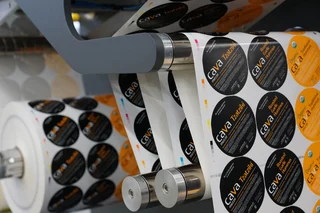 Common Features of Digital Label Projects
Common Features of Digital Label Projects
Now that we’ve laid the groundwork for understanding digital printing, let’s delve into the core characteristics and scenarios where digital labels truly shine. These are the features that make digital printing an ideal choice for many businesses.
Decorative or Prime Label Printing
Digital printing excels when it comes to labels requiring a minimum of four colors. If you envision your product’s label as a powerful ambassador, representing your brand and enticing customers, then the quality of the print is paramount. With digital printing, you can expect consistency in colors, precise image registration, and vibrant, eye-catching hues.
At Weber Packaging, we often use our HP Indigo presses to create primary product labels. Think of beverage labels, food pouch labels, and private label brands – these are frequent inhabitants of our digital printing room. If your label plays a pivotal role in branding and captivating consumers, then it’s a strong indicator that digital printing is the right choice.
Short Run Orders
In the world of label printing, not all orders are created equal. Digital printing shines brightly when it comes to shorter production runs. If your product requires anywhere from 500 to 25,000 colorful labels per batch, digital labels are a compelling choice.
One of the standout advantages of digital printing for short runs is that you won’t need to maintain excess inventory. This not only streamlines your operations but also ensures that you’re not burdened with labels you don’t actually need.
Variable Print On Press
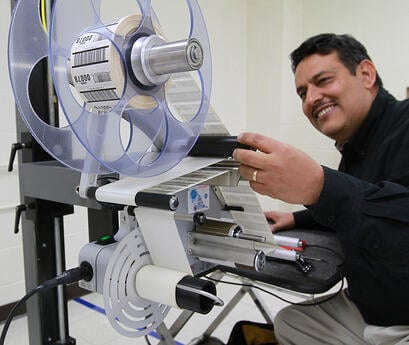 One of the most intriguing aspects of digital printing is its capability for variable print on press. This feature opens up a world of possibilities for businesses seeking personalized and dynamic label solutions. Let’s dive deeper into the realm of variable data printing (VDP) and explore how it distinguishes digital printing from other methods.
One of the most intriguing aspects of digital printing is its capability for variable print on press. This feature opens up a world of possibilities for businesses seeking personalized and dynamic label solutions. Let’s dive deeper into the realm of variable data printing (VDP) and explore how it distinguishes digital printing from other methods.
Understanding Variable Data Printing (VDP)
Variable data printing is a sophisticated technique within digital printing that enables the seamless alteration of elements such as text, graphics, and images from one printed label to the next. The magic of VDP lies in its ability to achieve these variations without the need to halt or slow down the printing process. It’s like having a personalized touch on every label, making each one unique.
Digital vs. Flexographic Printing for Variable Data
In the world of label printing, the differences between flexographic and digital printing become particularly pronounced when it comes to variable data. Flexographic presses require individual plates for each unique image and color, which makes it virtually impossible to achieve true variable printing.
On the contrary, digital presses are tailor-made for variable data printing. Whether you need labels with consecutive numbers, varying product descriptions, or customized graphics for different batches, digital printing can effortlessly accommodate these needs. This level of flexibility is a game-changer for businesses looking to personalize their labels or incorporate dynamic information without incurring additional setup costs.
Applications of Variable Data Printing
The applications of variable data printing are diverse and impactful. Businesses can harness this capability to:
- Personalize Marketing: Customize labels with individual customer names or regional-specific promotions to enhance engagement.
- Track Inventory: Print labels with unique serial numbers or barcodes for easy tracking and inventory management.
- Promotions and Coupons: Create labels with unique QR codes or coupon offers that change with each label, encouraging customer interaction.
- Batch Labeling: Easily switch between different product variations or SKUs within the same production run.
As we continue our journey into the world of digital printing, remember that variable data printing is just one of the many advantages that set digital labels apart. In the following sections, we’ll explore more facets of digital printing that make it a versatile and cost-effective choice for businesses of all sizes.
Other Benefits of Digital Printing
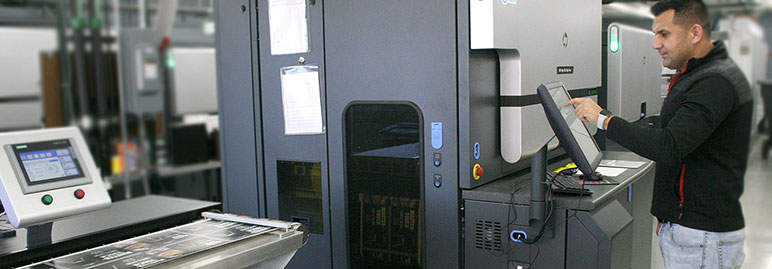 While we’ve explored some of the key advantages of digital printing, there are additional benefits that make this method an increasingly popular choice among businesses. In this section, we’ll uncover these hidden gems that further differentiate digital printing from traditional alternatives.
While we’ve explored some of the key advantages of digital printing, there are additional benefits that make this method an increasingly popular choice among businesses. In this section, we’ll uncover these hidden gems that further differentiate digital printing from traditional alternatives.
Label Cost Savings
When you opt for traditional flexo label printing, several cost factors come into play. First and foremost is the need for a label die, a tool that trims the label into its desired shape. Unique shapes or sizes may necessitate custom dies, which can cost hundreds of dollars. Additionally, flexographic presses rely on metal plates, similar to traditional printing presses, to create images for each colour in the design. As a result, a label with six colours would require six separate plates, compounding costs.
However, when you choose digital printing, the landscape shifts dramatically. There’s no need for a charge associated with a die to cut the labels, and the elimination of plates simplifies the process. With digital, you’ll be paying for just one thing – your labels. This cost-effective approach not only streamlines your expenses but also ensures that your budget is focused solely on what matters most: the quality and impact of your labels.
Packaging Sustainability
In today’s world, sustainability is a critical consideration for businesses in every industry. Traditional flexographic label printing can generate a significant amount of material waste during setup. Press operators must painstakingly dial in colours and align plates to ensure the label is perfect, often leading to discarded materials.
Conversely, digital printing embraces sustainability as a core principle. There’s minimal waste associated with this process, as it requires virtually no setup. This not only keeps your costs down but also contributes to a greener, more eco-friendly approach to label production. Furthermore, digital printing allows you to order the exact number of labels you need, even in quantities as low as 500. This means you can say goodbye to the days of ordering thousands of labels just to achieve cost efficiency, only to end up discarding unnecessary inventory.
Flexibility Beyond Compare
One of the standout features of digital printing is its remarkable flexibility. As your product line evolves or marketing strategies change, you may find the need to make updates to your label design. Even the smallest modification, such as altering a single letter or adding a new color, can incur significant costs with flexographic printing due to the necessity of new plates.
With digital printing, you’re granted unparalleled flexibility. Plates are not required, which means you can effortlessly modify your label design and submit revised artwork without incurring additional plate charges. This flexibility is particularly advantageous for start-up brands or series runs that involve multiple SKUs.
In the subsequent sections of this guide, we’ll continue our exploration of digital printing, shedding light on its suitability for various industries and products. Whether you’re involved in craft beer, spirits, wineries, food packaging, or personal care products, the benefits of digital printing are poised to save you both time and money.
Considerations for Choosing Digital Printing
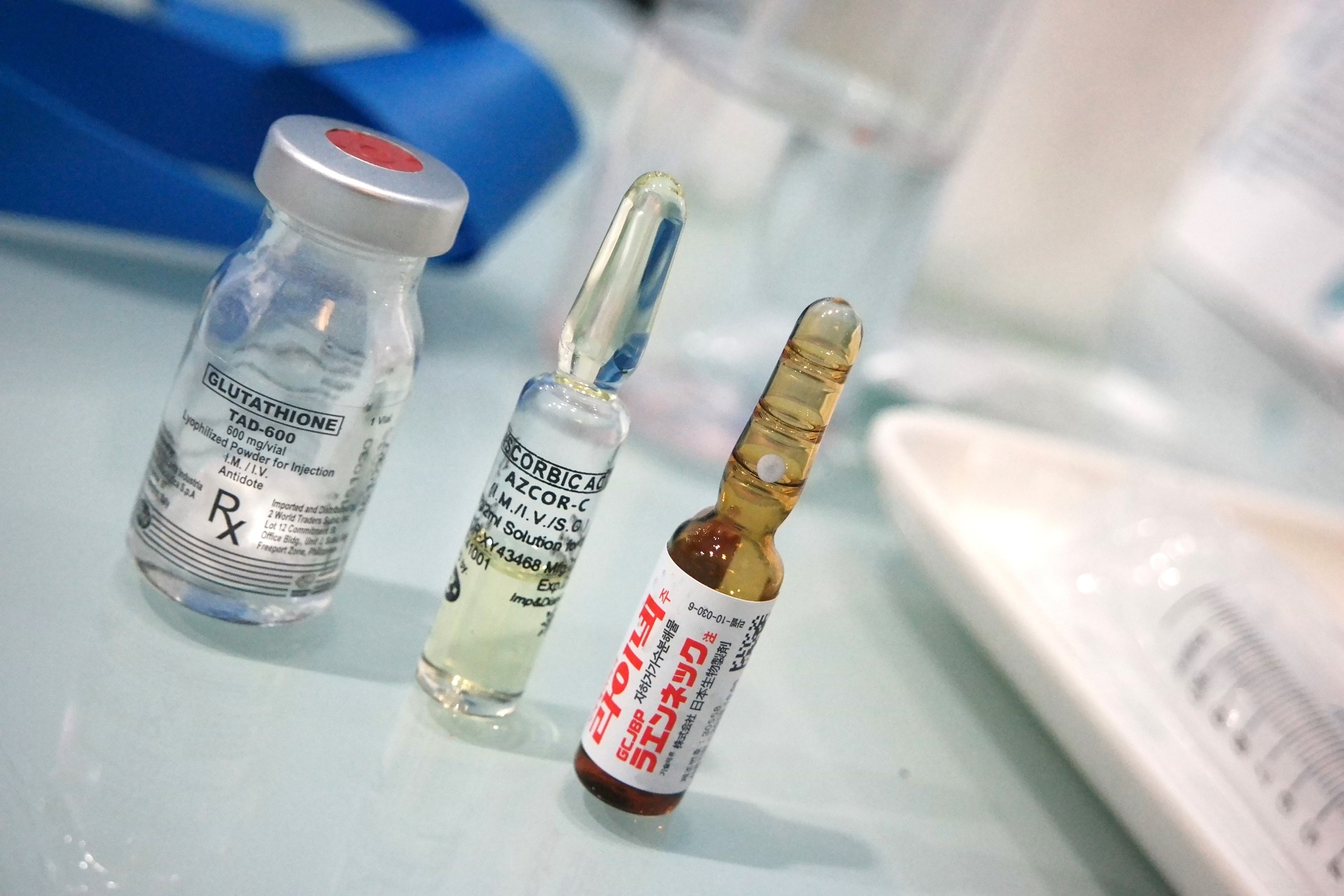 While digital printing boasts a myriad of advantages, it’s important to recognize that it may not be the ideal choice for every product or labeling requirement. In this section, we’ll delve into some key considerations that will help you determine whether digital printing aligns with your specific needs.
While digital printing boasts a myriad of advantages, it’s important to recognize that it may not be the ideal choice for every product or labeling requirement. In this section, we’ll delve into some key considerations that will help you determine whether digital printing aligns with your specific needs.
Product Type
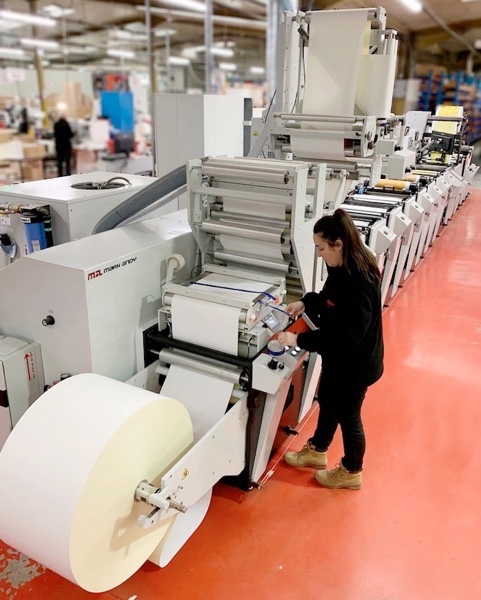 The suitability of digital printing largely depends on the nature of your product. For instance, most medical device labels, two-color labels, or labels with complex coupon designs may not work seamlessly with digital printing methods. It’s essential to evaluate the intricacies of your label design and the industry-specific requirements before making a decision.
The suitability of digital printing largely depends on the nature of your product. For instance, most medical device labels, two-color labels, or labels with complex coupon designs may not work seamlessly with digital printing methods. It’s essential to evaluate the intricacies of your label design and the industry-specific requirements before making a decision.
Label Volume
If your business typically requires a high volume of labels for each product, digital printing may not be the most cost-effective choice. Digital printing shines brightest when catering to lower volumes, typically ranging from 500 to 25,000 labels per product. If your needs fall within this range, digital labels are likely an excellent fit.
Industry and Product Considerations
Digital printing finds its stride in a diverse array of industries and product categories. It’s especially well-suited for craft beer, spirits, wineries, food packaging of any kind, and most household and personal care products. If your business operates within these sectors or manufactures similar products, digital printing offers an efficient and cost-effective solution.
Cost vs. Quality
Consider your budget and the desired quality of your labels. While digital printing can offer significant cost savings, it’s equally known for delivering exceptional print quality. Evaluate whether the balance between cost and quality aligns with your brand’s image and goals.
Future Growth and Design Changes
As your product line expands or marketing strategies evolve, you may need to make updates to your label designs. With digital printing, modifying your design is a hassle-free process, as it doesn’t require new plates or incur additional plate charges. This level of flexibility is particularly beneficial for start-up brands or businesses with a dynamic product lineup.
In conclusion, digital printing is a powerful tool that has transformed the way businesses approach label design and production. However, it’s crucial to weigh the specific needs and circumstances of your business to determine if digital printing is the right fit. Whether it’s enhancing brand visibility, minimizing waste, or accommodating design changes, digital printing has proven to be a valuable asset for numerous industries. If you have questions about digital labels or are interested in obtaining a quote for your product labels, don’t hesitate to reach out to Weber Packaging Solutions. Our experts are ready to assist you in making the best choice for your label printing needs.
Ready to explore the possibilities of digital printing with Weber Packaging Solutions? Contact us today to get a quote for your product labels, discuss your specific requirements, or simply learn more about how our services can benefit your business. Our team is here to assist you every step of the way, ensuring that your labels not only look stunning but also contribute to your brand’s success. Don’t miss out on the advantages of digital printing – reach out to Weber Packaging Solutions now and take your product labeling to the next level.



